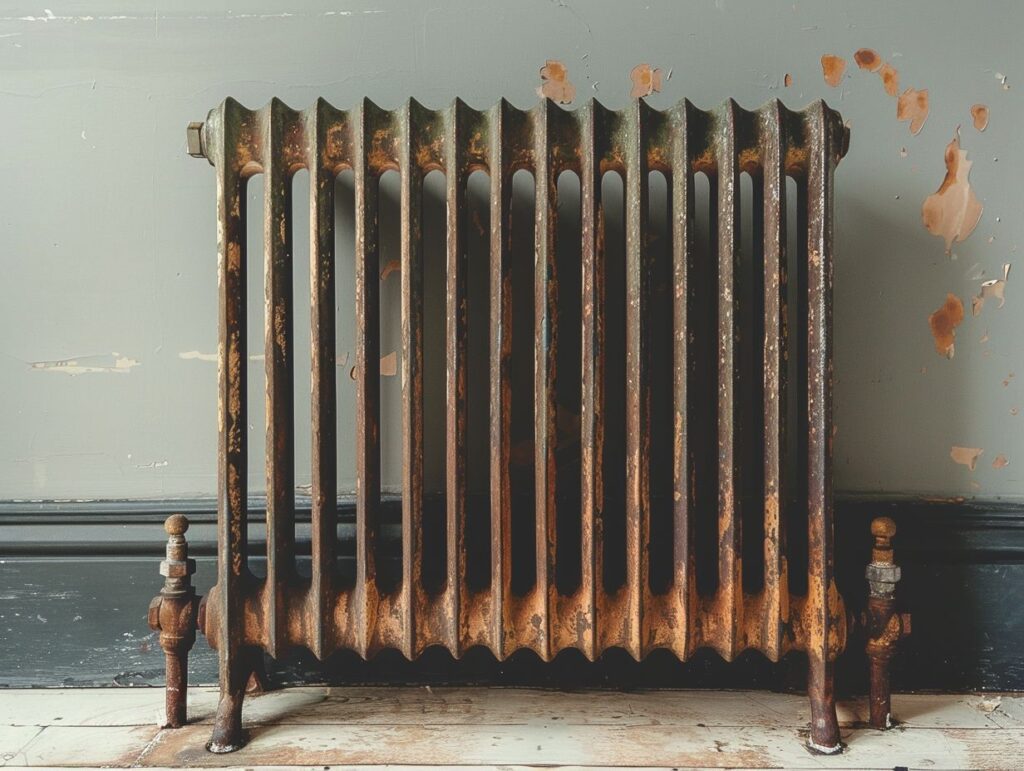Have you been contemplating upgrading your traditional radiators but are unsure where to begin?
Delve into the reasons why you should consider upgrading, the advantages of modernizing your radiators, the various upgrade options available, and key factors to contemplate before making your decision.
Additionally, we offer a detailed guide on the steps involved in upgrading your traditional radiators and present a comparison of alternative heating options to assist you in making a well-informed choice.
Ensure you do not overlook this crucial information aimed at enhancing your home heating system!
Key Takeaways:
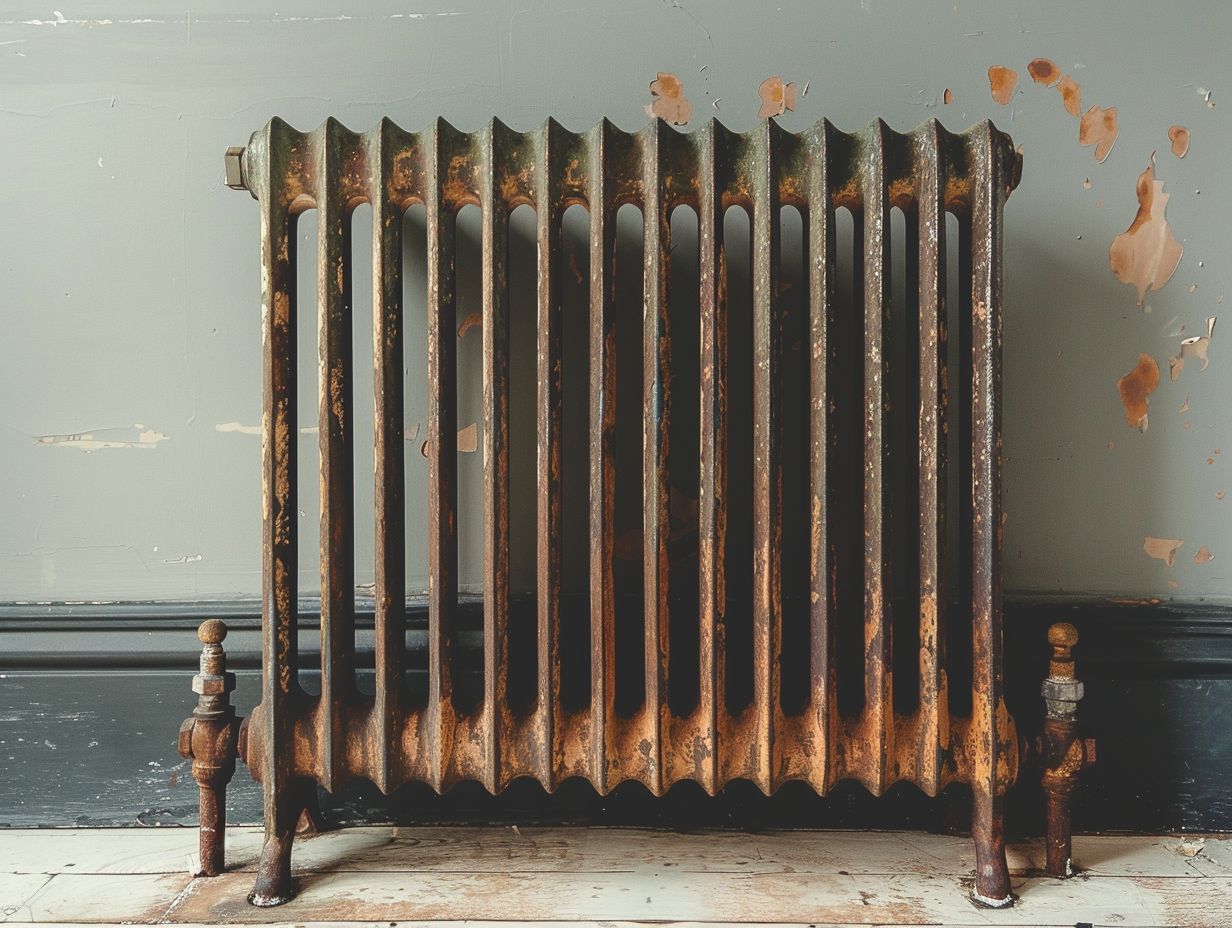
- Upgrading traditional radiators can provide numerous benefits, including improved energy efficiency, aesthetics, and heating performance.
- There are various options available for upgrading traditional radiators, such as retrofitting with modern features or replacing them with alternative heating systems.
- Before upgrading, consider factors such as cost, energy efficiency, and aesthetic preferences to determine the best course of action for your specific needs.
Reasons to Upgrade Traditional Radiators
Upgrading your traditional radiators can provide you with a range of benefits, such as increased efficiency, improved aesthetics, and better control over heating.
Benefits of Upgrading
Upgrading to efficient modern radiators can lead to significant savings on your heating bills and reduce issues like sludge build-up in your heating system. These cost-saving benefits can be further amplified by the improved maintenance advantages that come with upgrading your radiators.
Modern radiators are designed with materials and features that make them easier to clean and maintain, reducing the need for frequent repairs. The energy efficiency improvements of modern radiators ensure that heat is distributed evenly throughout the room, leading to a more comfortable living environment while keeping energy consumption at a minimum.
This not only contributes to lower utility bills but also promotes a more sustainable and eco-friendly approach to heating.
Types of Upgrades Available
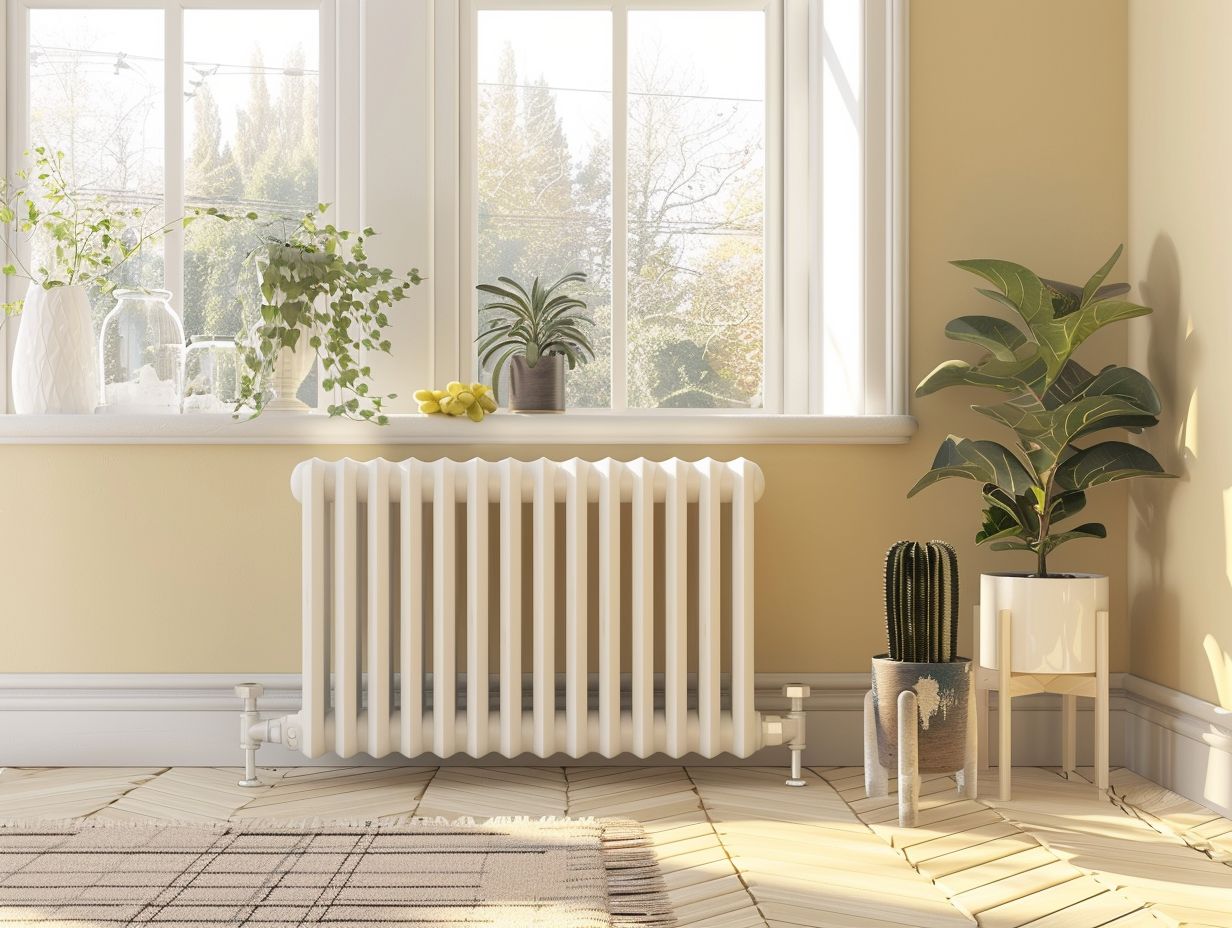
You have access to a range of upgrades, such as electric radiators, cast iron radiators, and designer radiators, each presenting distinctive features and advantages.
Options for Modernising Traditional Radiators
When modernising traditional radiators, you can choose from a variety of options, including modern radiators, mirrored designs, and innovative radiator styles.
Modern radiators are available in sleek and minimalist designs, making them ideal for contemporary living spaces. Mirrored radiator styles serve a dual-purpose by adding elegance and reflecting light to create the illusion of a more spacious room.
Radiator covers are another option for homeowners looking to integrate their radiators seamlessly with their decor, turning the traditional radiator into a stylish piece of furniture. The aesthetics of radiators have undergone significant evolution, offering options in various colours, finishes, and materials to complement any interior design scheme.
Factors to Consider Before Upgrading
When upgrading traditional radiators, you should carefully consider factors such as heat output requirements, valve types, and seek professional guidance from heating engineers.
Cost, Energy Efficiency, and Aesthetics
When upgrading traditional radiators, you must consider various factors that will impact your decision-making process. Cost, energy efficiency, and aesthetics are crucial elements to bear in mind.
Homeowners typically prioritise long-term cost savings associated with energy-efficient radiators. These models not only help reduce monthly utility bills but also contribute to a more environmentally friendly home.
The visual appeal of radiators is equally important, as many homeowners prefer sleek, modern designs that complement their interior decor. By incorporating energy-efficient features like programmable thermostats or smart technology, you can enhance both the functionality and aesthetics of your radiator upgrade. This approach ensures a perfect balance between form and function in your home.
How to Upgrade Traditional Radiators?
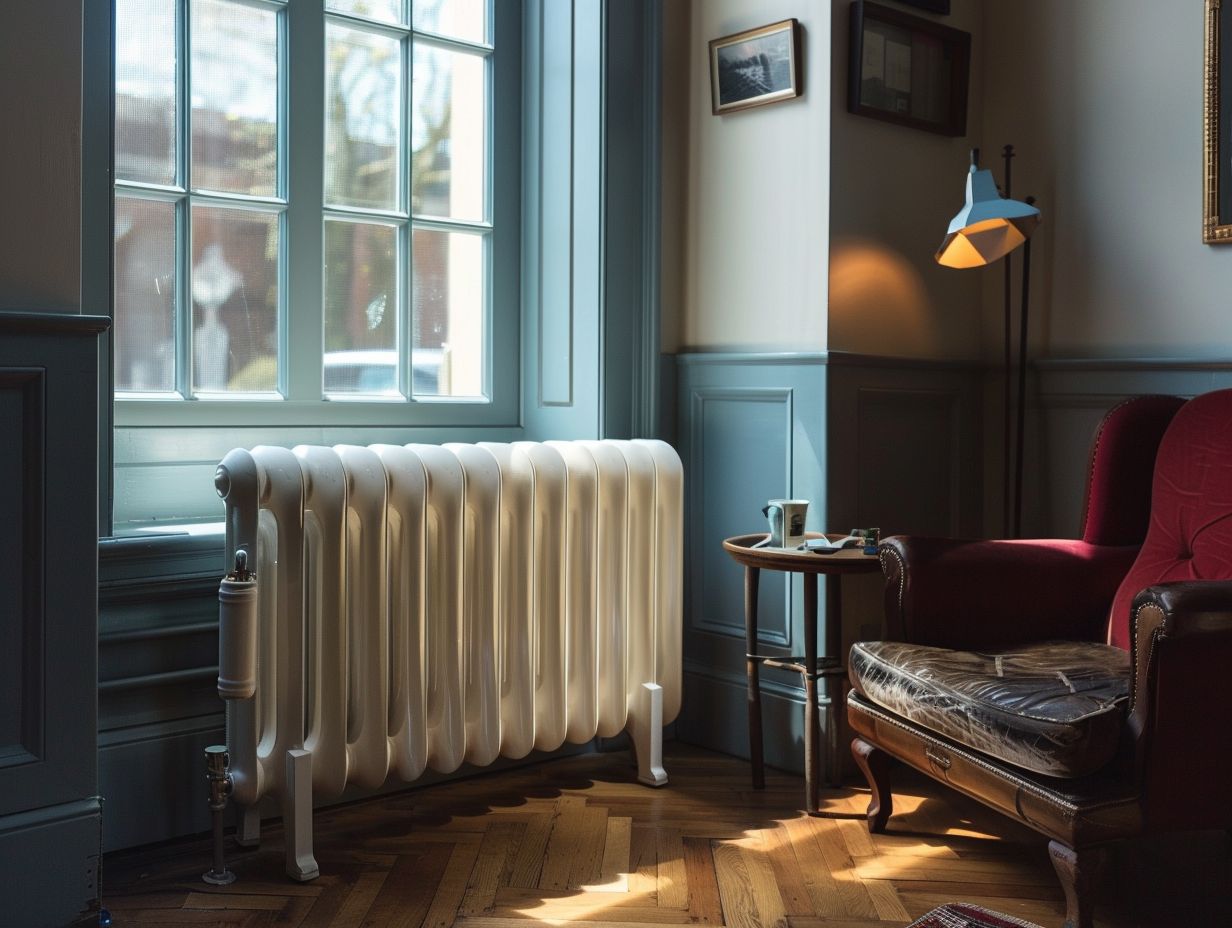
- When upgrading traditional radiators, you need to follow a series of steps, such as
- powerflushing the system,
- replacing old pipework, and
- addressing common issues like kettling.
Step-by-Step Guide
- If you are a DIY enthusiast looking to upgrade traditional radiators, your steps may include installing system filters, bleeding radiators, and optimising the central heating system.
- To begin this radiator upgrade process, the first step for you is to choose a high-quality system filter that is suitable for your heating system.
- Next, you should install the system filter by following the manufacturer’s instructions and ensuring it is securely positioned.
- Once the filter is in place, it’s important for you to bleed the radiators to release any trapped air that may be hindering their performance. This can be done by using a radiator key or bleed valve.
- Lastly, remember to optimise your central heating system settings for maximum efficiency and comfort.
Alternative Heating Options
Alongside radiator upgrades, consider integrating alternative heating solutions such as stainless steel pipes, new boiler installations, and heating efficiency strategies to enhance your home’s comfort levels and energy efficiency.
Comparing Different Heating Systems
When you are considering heating upgrades, it is important to compare different systems such as central heating installations and smart thermostatic radiator valves to help you make informed decisions.
Central heating systems are a popular choice for many households because they have the ability to distribute heat evenly throughout the entire home. These systems utilise a network of ducts or pipes to deliver warmth to each room, ensuring consistent comfort.
On the other hand, smart thermostatic radiator valves provide a more localised control, allowing you to adjust the temperature in specific areas of your house. These valves can assist in optimising energy usage by regulating heating based on individual room needs, thereby enhancing overall energy efficiency.
Frequently Asked Questions
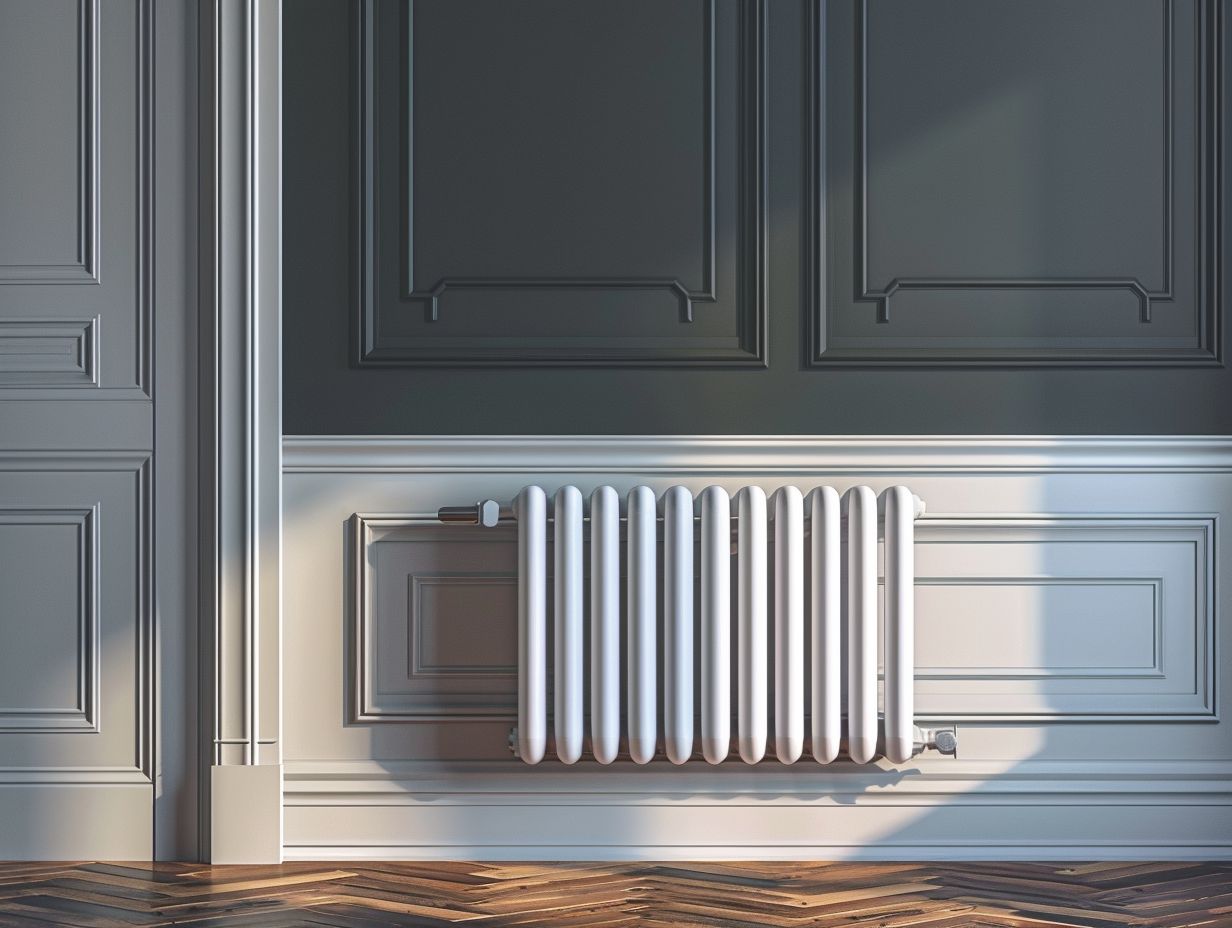
Can traditional radiators be upgraded?
Yes, traditional radiators can be upgraded in various ways to improve their efficiency, appearance, and functionality.
What are some common upgrades for traditional radiators?
Some common upgrades for traditional radiators include installing a thermostatic radiator valve, adding a reflective panel, or replacing the radiator with a more modern and energy-efficient model.
Is it worth upgrading a traditional radiator?
It depends on your specific needs and preferences. Upgrading a traditional radiator can improve its performance and save energy, but it also involves some upfront cost.
Can I upgrade my traditional radiator myself?
Some upgrades, such as adding a thermostatic radiator valve, can be done by a DIY enthusiast. However, for more complex upgrades, it’s always best to hire a professional to ensure proper installation and safety.
How much does it cost to upgrade a traditional radiator?
The cost of upgrading a traditional radiator can vary depending on the type of upgrade and the size and condition of the radiator. On average, the cost can range from $100 to $500.
Will upgrading my traditional radiator save me money?
Yes, upgrading a traditional radiator can result in energy and cost savings in the long run. By improving the efficiency of your radiator, you can reduce your energy bills and also prevent potential breakdowns and repairs in the future.

